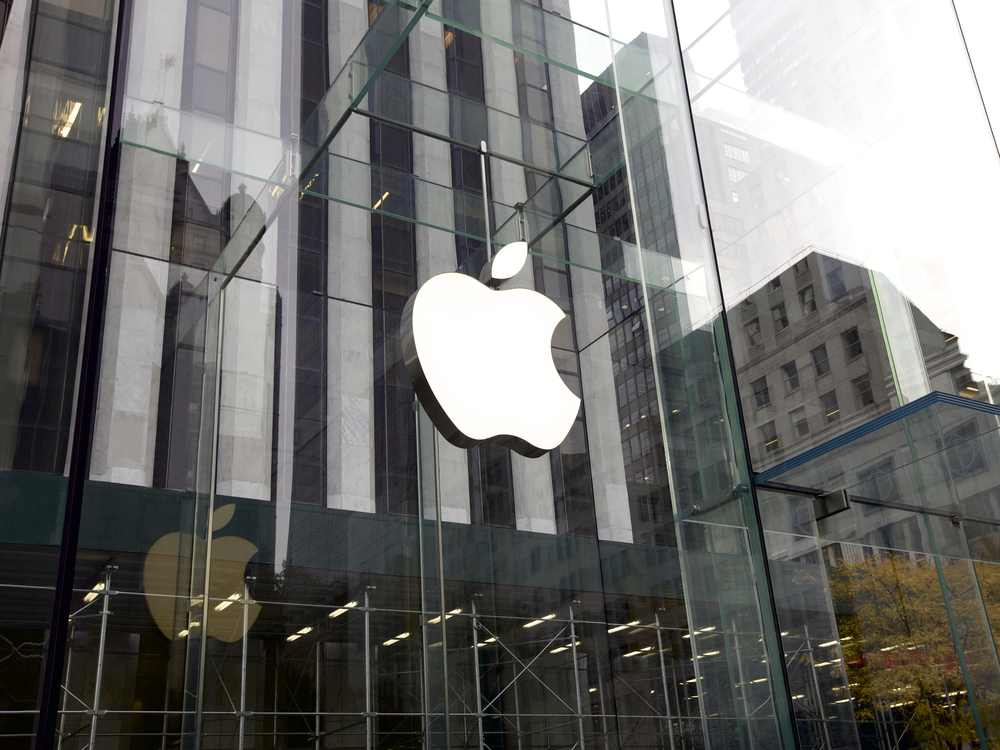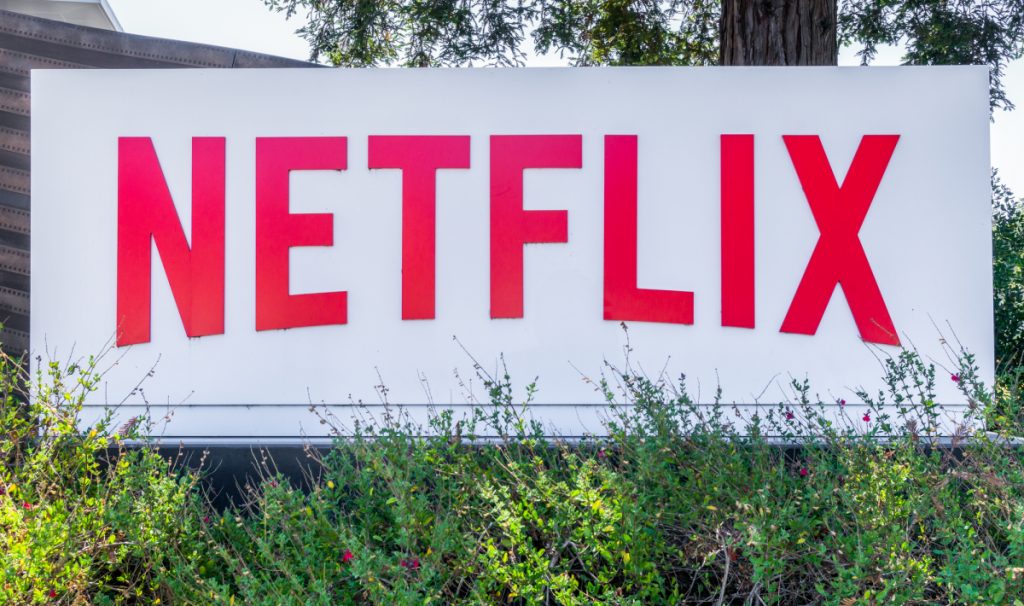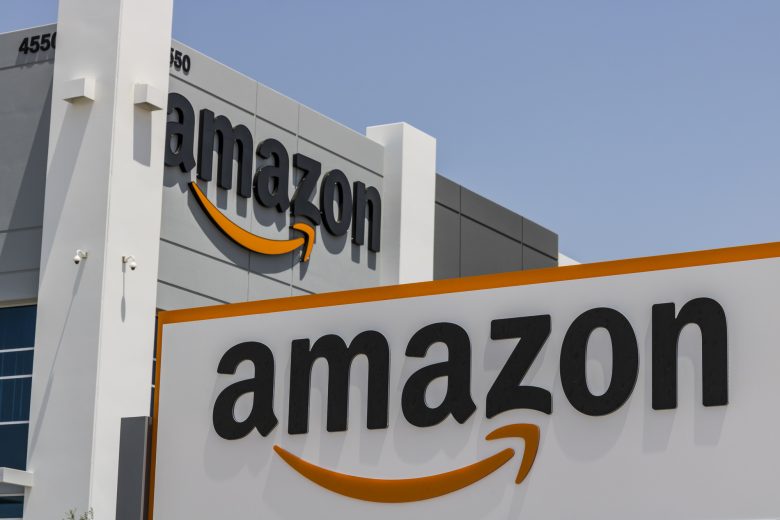The COVID-19 pandemic changed the trajectory of our entire century. Economies tumbled, established industries found themselves grappling with existential threats, and our everyday lives underwent a drastic transformation. Yet, even with the chaos and uncertainty, several businesses not only weathered the storm but thrived in it. These companies leveraged technology, anticipated shifts in consumer behavior, and adapted swiftly to the evolving needs of the market.
Their success stories should be noted by entrepreneurs and business owners. Sometimes, it is not about the event that is happening but about how well you can position yourself to meet the needs of people during that event. This we’ll look at some companies that capitalized on emerging opportunities and solidified their positions in a pandemic-altered world.
Apple

Apple wisely responded to this shift in consumer wants and behavior brought about by the COVID-19 pandemic. The company has long been renowned for its comprehensive network of goods and services. Demand for the tech giant’s products, especially the iPads and MacBooks, spiked during the crisis.
The need for dependable, high-performing devices that could meet both professional and personal demands grew as remote work became more common. People were looking for gadgets that were not only highly performing but also seamlessly integrated into different apps. Because of worldwide lockdowns, seemingly everyone from working professionals to students adjusting to online learning needed one.
Additionally, the App Store was crucial. People’s reliance on digital applications increased dramatically while they stayed inside. The App Store met the many demands of those who were placed under quarantine, offering everything from productivity tools to fitness applications and entertainment platforms. With its integrated ecosystem that combined software and hardware, the tech giant offered customers a cohesive, seamless experience, further solidifying the brand’s indispensable status in these difficult times.
Microsoft
A legacy tech company called Microsoft was at the center of the digital revolution brought on by the pandemic. Microsoft Teams was one of the best products available. With features that targeted corporations, educational institutions, and even informal groups, Teams emerged as a crucial tool for cooperation as organizations worldwide fought to enable remote working circumstances. Because of the platform’s interaction with other Microsoft products, such as Office 365, its user base grew quickly.
Microsoft’s cloud computing service, Azure, too saw a notable uptick in growth. Businesses needed a strong cloud infrastructure since they had to quickly shift their activities online. Azure offered companies scalable options for everything from AI services to data storage. Because of its flexibility, it proved to be a vital resource for companies negotiating the challenges of the digital landscape during the pandemic.
Netflix

LOS GATOS, CA/USA – JULY 29, 2017: Netflix corporate headquarters and logo. Netflix specializes in and provides streaming media and video-on-demand online and DVD by mail.
Netflix became a shining example of in-home entertainment when the entertainment business was rocked by an unexpected revolution. Production companies were forced to stop filming. Not only that, movie theaters all around the world were forced to close. This left a void in new entertainment.
Netflix was able to maintain viewer engagement thanks to its vast content library and innovative approach to content generation. The films and television series that were released exclusively became cultural events. For example, the show “Tiger King” was watched by over 64 million households.
Plus, Netflix’s international approach worked. Because of its commitment to global content, another region could step in to fill the void when one had difficulties in producing content. Netflix’s wide selection of content. Its library ranges from Korean thrillers to Spanish dramas. All of this appeals to a worldwide audience that was locked at home and looking for a way out of the depressing realities of the pandemic.
Zoom
In just a few weeks, the video conferencing platform Zoom rose to widespread recognition. Zoom stood out from the competitors as the world struggled with the issues of social distancing and remote work because of its dependable and user-friendly interface. Its widespread use demonstrated its versatility. Businesses adopted it for team meetings, schools switched to online learning, and even families and friends gathered virtually on it for virtual get-togethers.
The platform’s features, such as webinar capabilities and breakout rooms, allowed it to serve different audience segments. In addition, its cross-platform adaptability allowed anyone to use it, whether they were on a PC, tablet, or smartphone.
Ever since the pandemic, however, Zoom has had its share of ups and downs. To date, the company’s stock has lost more than 85% of its value since peaking in October 2020.
Amazon
During the pandemic, Amazon, the e-commerce giant, solidified its status as the top online retailer globally. When lockdowns occurred and physical retailers had difficulties, people resorted to Amazon for a wide range of necessities, including household amusement and necessities. Because of its strong supply chain and extensive logistical network, delivery continued to be quite steady even at the height of the pandemic.
The popularity of Amazon’s other services grew as well. The company’s grocery delivery service, Amazon Fresh, experienced a surge in demand as customers looked to reduce exposure by staying away from crowded supermarkets. Similar to Netflix, Amazon’s entertainment branch also saw a boost. With its own series and films, Amazon Prime Video satisfied the general public’s desire for entertainment.
DoorDash
Amidst a world of social isolation and stay-at-home orders, DoorDash leveraged the increasing need for contactless delivery services. Due to the pandemic, several restaurants had to close their dine-in locations. However, they could keep their kitchens up and running. This forced many to turn to delivery services in order to survive.
DoorDash gained popularity among customers and restaurants due to its easy-to-use platform and wide-ranging network. The service evolved into a lifeline for nearby companies attempting to overcome the obstacles posed by the pandemic. During the pandemic, the company saw a 70% jump in order volume.
You will find more infographics at Statista
DoorDash showed its dedication to safety by introducing contactless delivery alternatives and health guidelines. Additionally, DoorDash’s support for local companies was demonstrated via programs like discounted or waived commission fees for specific businesses in the town.
Shopify
The pandemic significantly damaged traditional brick-and-mortar retail. However, it also expedited the trend of online shopping. Shopify is an e-commerce platform that has become indispensable for businesses looking to move swiftly and effectively on the internet. The pandemic prompted the company’s stock to surge by over 347%. This caused the company to see over $1 billion in revenue for the first time.
Shopify made it easier for companies of all sizes to run their operations by providing secure payment gateways. It also offered a range of marketing and analytics tools and configurable storefronts.
A wide range of enterprises, from established brands to local boutiques, were catered to by the scalability of the platform. Shopify’s expansion throughout the pandemic demonstrated how crucial a strong online presence is becoming for contemporary retailers.
Google’s product line was extremely helpful to millions of people during the pandemic. During the first quarter of 2020, when the pandemic was just getting started and many companies were struggling, Alphabet (Google’s parent company) reported that revenue grew to $41.2 billion. That was roughly a 13% gain.
The popularity of Google Meet and Google Classroom increased as remote work and learning became commonplace. These systems provided dependable and user-friendly ways to collaborate and learn virtually.
An indispensable resource regularly, Google’s search engine gained even more importance. People all around the world looked for up-to-date information about the virus, safety precautions, and other related topics. Being the worldwide leader in search, Google was the go-to internet location for COVID-19 information.
Several other Google products gained a boost. Google Cloud services helped many firms that were going online with their digital infrastructure demands. The company also cemented its status as not just a digital behemoth but also an essential information source by leveraging its platform for COVID-19 tracking tools and public health campaigns.
During the pandemic, Facebook, one of the biggest social media networks worldwide, served as a major hub for communication. The platform offered a virtual place for exchanges amongst persons who struggled with social distancing and isolation. It did this through status updates, video conversations, or group interactions. Facebook developed into a crucial information resource. Over time, it evolved into a source of news and updates on the pandemic, transcending its role as just a social media site.
The social media platform established COVID-19 information centers. From there, it cooperated with health organizations to counteract disinformation. Facebook is a vital tool for digital marketing in a world where most interactions take place online. Businesses used the platform’s powerful advertising features to reach their consumers, going beyond simple personal connections.
PayPal

Due in large part to worries about physical contact and the explosive rise of internet buying, the pandemic signaled the beginning of the shift toward digital payments. Being a pioneer in digital payments, PayPal was in a good position to capture the opportunities.
Users could safely make transactions online without disclosing their bank information to different businesses because of its secure platform. With PayPal’s widespread presence and reputable reputation, incorporating it became a standard practice as more firms transferred their operations online.
The company’s acquisition of Honey, a discount-finding shopping service, also targeted clients who were on a tight budget. Additionally, during a period when many people were struggling financially, programs like “Pay in 4,” which enables consumers to break purchases into four payments, provided flexibility.
Also read:
10 Companies That Successfully Went Global
5 Companies That Took a Risk and Succeeded
8 Companies That Failed to Expand Internationally
10 Companies that Failed to Innovate and Paid Dearly for It













Pingback: 10 Corporations That Succeeded Throughout COVID - Webbizmarket.com
Pingback: Practise these Powerful Online Strategies To Become Irresistible To Customers ·
Pingback: 10 Companies That Succeeded During COVID – Entrepreneur – Start, Run and Grow Your Business